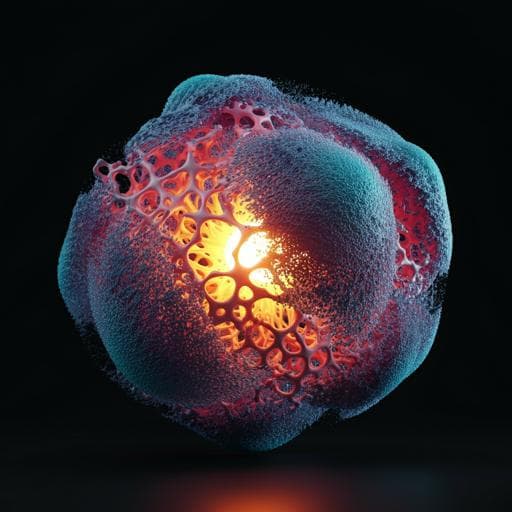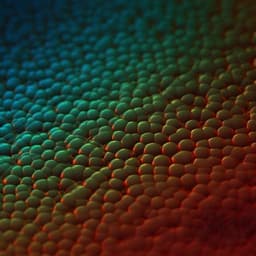
Engineering and Technology
Impact of solid-electrolyte interphase reformation on capacity loss in silicon-based lithium-ion batteries
T. Vorauer, J. Schöggl, et al.
This compelling research by T. Vorauer and colleagues explores how high-density silicon composite anodes undergo significant transformations during cycling, leading to crucial insights into solid electrolyte interface (SEI) reformation and its impact on battery performance. The findings reveal how nanometer-sized SEI evolves, presenting challenges in material utilization and capacity retention.
~3 min • Beginner • English
Related Publications
Explore these studies to deepen your understanding of the subject.







